In November, global crude steel production only increased by 1.1% over the same period of last year. The growth rate was far lower than the 6.2% in October; the capacity utilization rate of the industry fell to the lowest point of two years, 73.4%. The sluggish production trend has been evident in Africa and Oceania for some time, reflecting the political turmoil in North Africa and the large-scale reorganization of Australian producer operations. In Africa, the cumulative output decreased by 15% in January-November; Oceania production fell by 9% in the same period. However, in the entire steel industry, Africa and Oceania are only insignificant.
The slowdown in China’s economy and the inevitable inevitability of the European economy will relapse into recession. These two factors together are shaping global trends.
In November, China's steel output actually fell compared with the same period of last year. Although it only fell slightly by 0.2%, it was still the first decline this year, and the output growth in September was still in double digits. In addition, this slowdown seems to be continuing, as can be seen from the more frequently released CISA data. According to data from the China Steel Association, the output of steel in early December was converted to annual production of 611 million tons, which is lower than the 615 million tons converted in late November. Of course, there are also seasonal factors. Due to the onset of winter, and this year's Lunar New Year holiday falls in January, Chinese steel mills have reduced their production pace.
Luo Baihui, secretary-general of the International Die & Metals and Plastics Industry Suppliers Association, pointed out that the decline in steel production is mainly reflected by the overall slowdown in China's economy, especially the tight credit situation, and the government's attempt to squeeze the speculative real estate bubble in the city. The growth rate of real estate development in China has slowed from 33.6% in January-July this year to 29.9% in January-November. The increase in house prices is falling, and the average new housing price in November has dropped for the second consecutive month. Although this is good news for the long-term healthy development of China's economy, it is unfavorable to the short-term steel industry because of its close relationship with the performance of the construction industry.
The government's efforts to promote the construction of more affordable housing may bring some relief to long products producers, but it is still insufficient to offset the adverse effects of the overall slowdown in housing construction activities. As the government vowed that it will not relax its control efforts, China's steel production will not be greatly boosted in the short term, especially as the construction industry is weak, the manufacturing industry is also slowing, and the export outlook is gloomy.
Internationally, EU countries’ steel production in November fell by 2% compared with the same period of last year, which was the second consecutive month of decline, as more and more European manufacturers cut production. Of course, there are also some bright spots in the area. Among them, Italy's performance is very prominent, its output growth is still double-digit, in November increased by 12%. In contrast, Germany's production of steel-producing countries in the region fell, dropping 10% year-on-year in November. The accumulated year-on-year increase during the January-November period was only 1.5%. Last month, production in Austria, Belgium, Luxembourg, Slovakia, Slovenia, Spain, Sweden and the United Kingdom also declined. The weakening of the European steel industry seems to have spilled over to neighboring Russia and Ukraine. Its November production also fell compared with the same period of last year. Like China, there is almost no possibility of warming up in the short term.
The market has formed an increasingly strong consensus: Even if the EU does not fall into recession, it is also moving toward recession. It is only a matter of how deep the recession will be. The answer to this question depends on whether European leaders can prevent the spread of the credit crisis in the euro zone. The answer seems to be clear. . . . .
Decorative Glass
Decorative glass can be made to customer's design, colored tinted, colored PVB Laminated Glass , with only one color, if with some design, it can be met through Back Painted Glass, Frosted Glass , Silk Printed Glass, Digital Printed Glass, so whatever simple or complicated design for decoration, it can be made; it can also be procesed into laminated glass, Insulated Glass too. Different application with different design, like phot printed, some lines, dots printed for doors, fence, building walls, and also tempered back painted glass for glass wall, kitchen splashback, patio doors, table tops. Frosted glass for shower doos, shower screen, shower partition, office partition walls, room divider, table top, table partition; colored PVB laminated glass for Building Glass walls, windows, doors, partitions, fence, balcony, balustrade, roof, skylight; colorterd tinted glass with its own color, mainly green, grey, blue, brown, can be procesed into color tinted Tempered Glass , color tinted laminated glass, Colored Insulated Glass for windows, doors, glass walls, partitions, balcony railing, balustrade, table top, furniture. So these decorative glass can be used for buildings, glass walls, doors, furniture and so on.
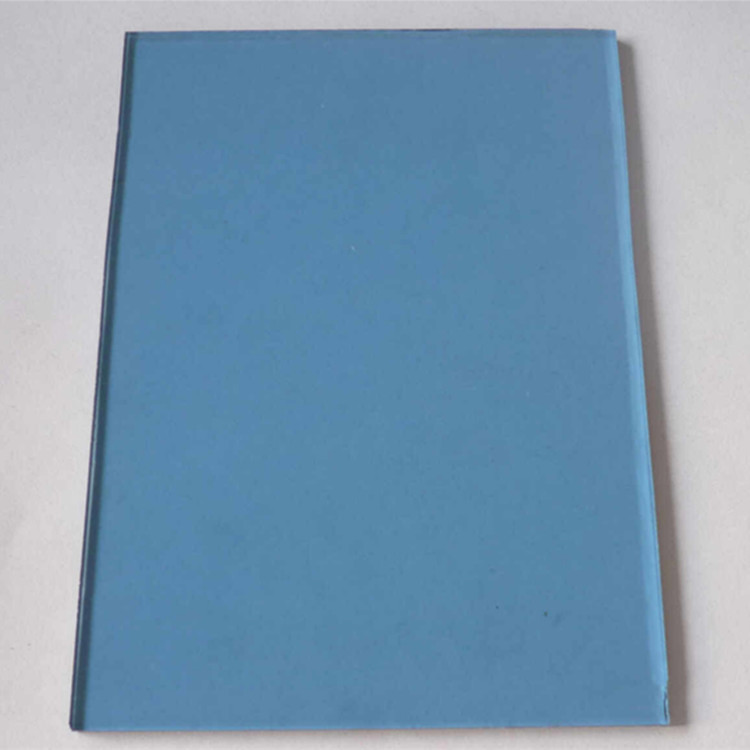
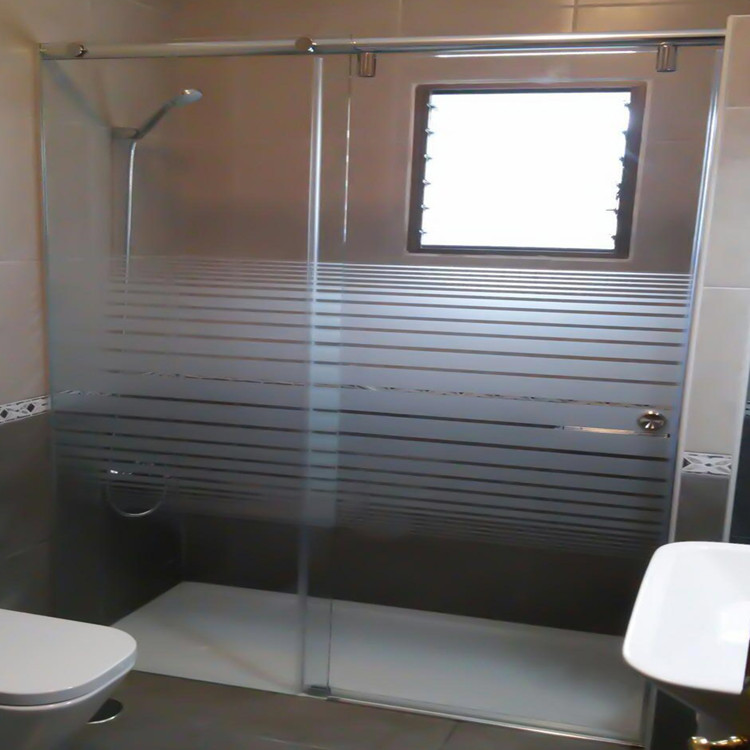
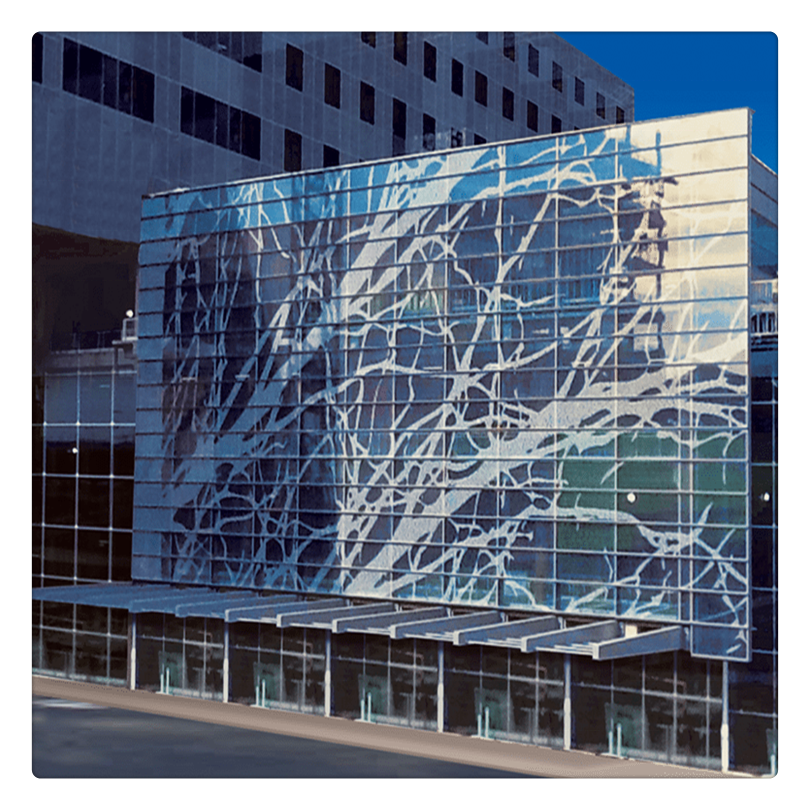
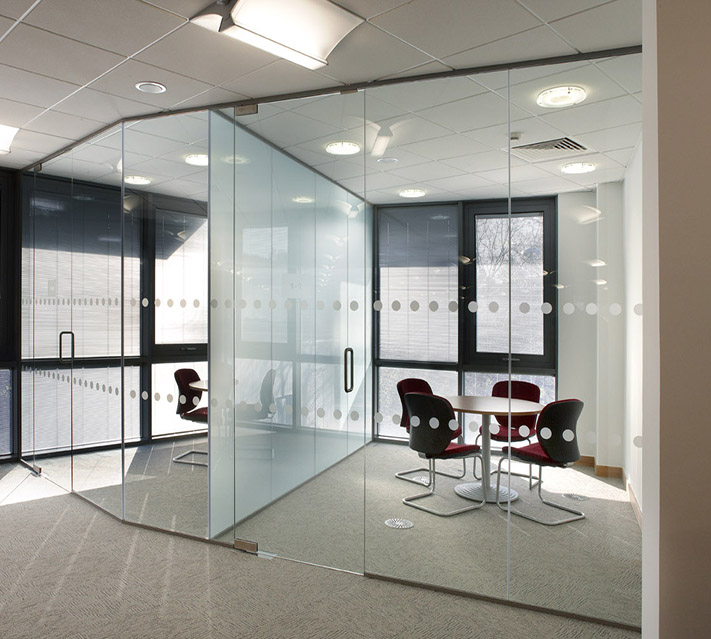
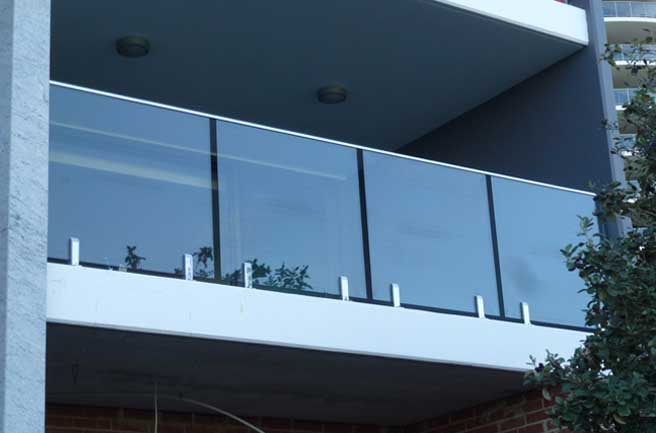
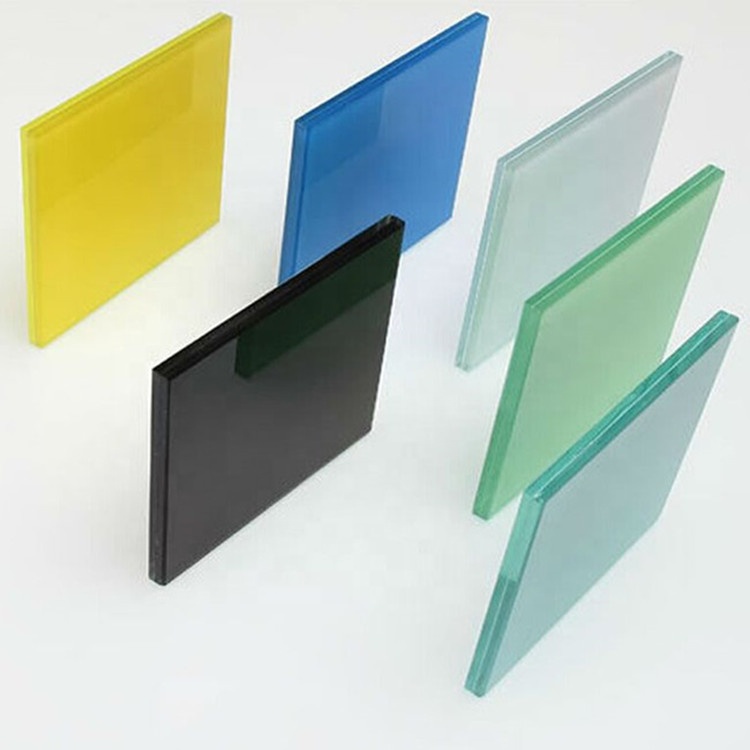

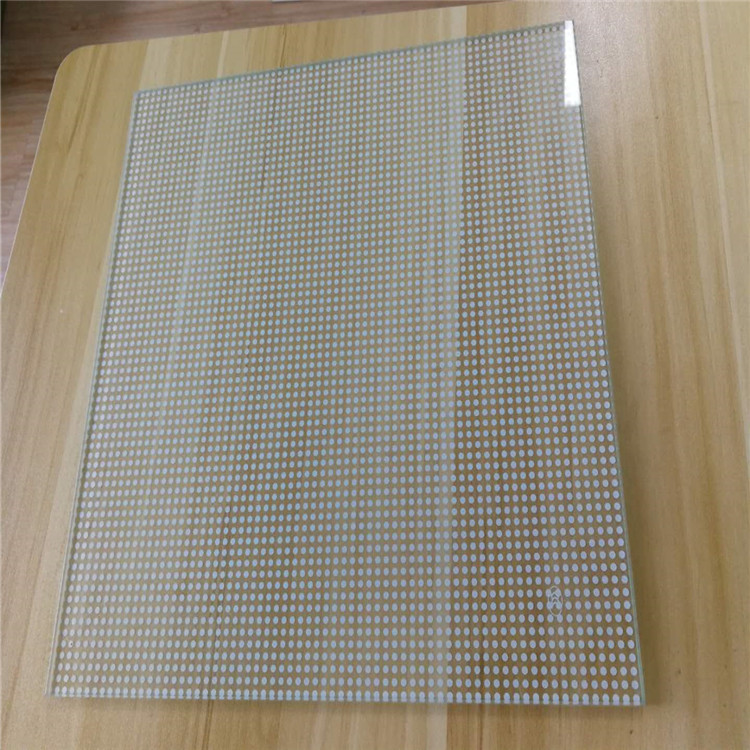

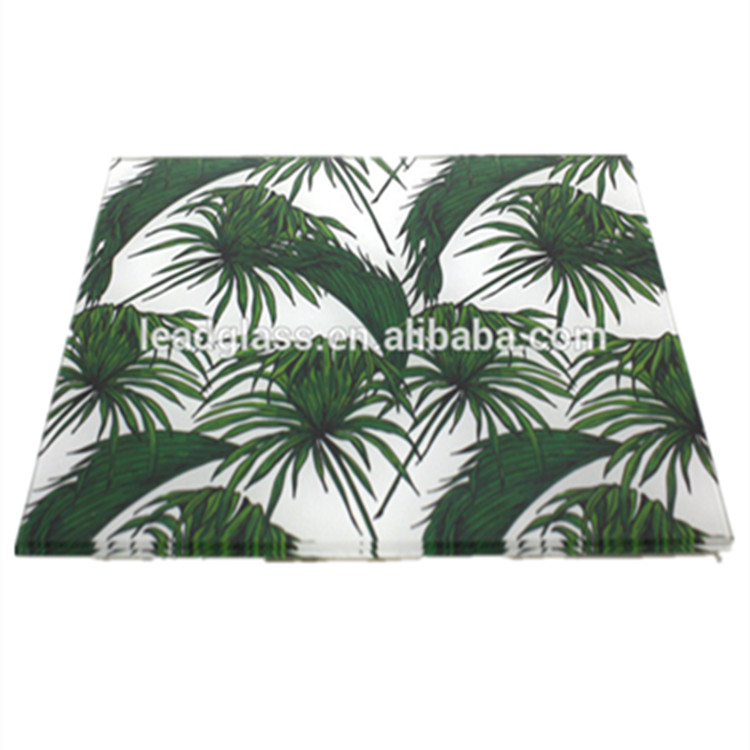
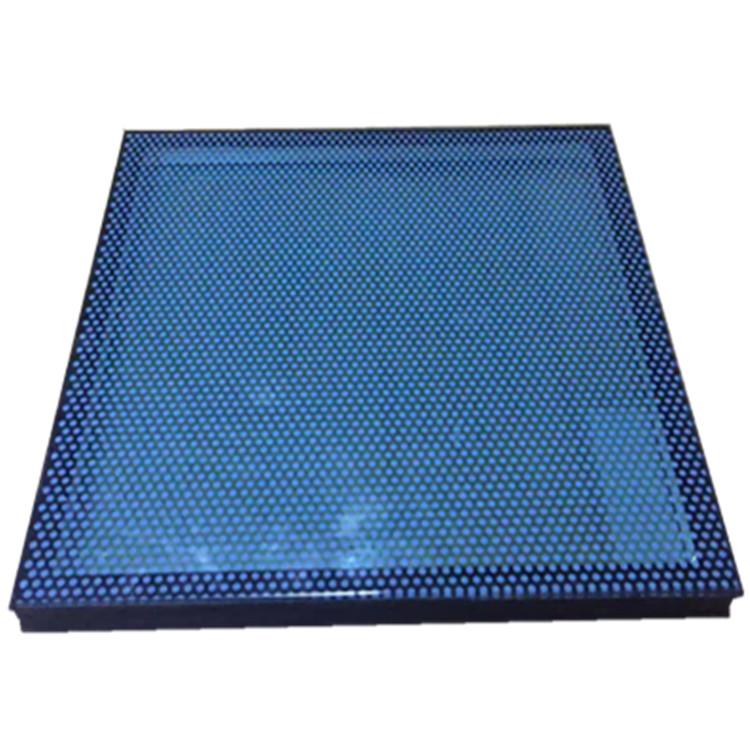
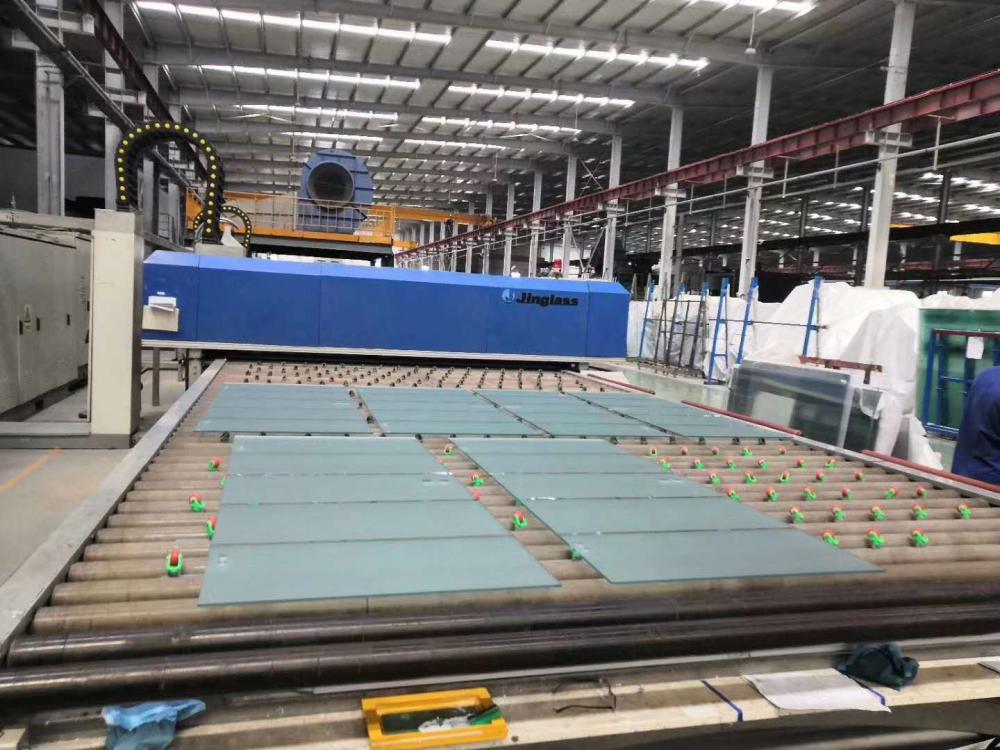
Tempered Decorative Glass,Laminated Decorative Glass,Insulated Decorative Glass,Printed Decorative Glass
Shanghai Lead Glass Co.,Ltd , https://www.leadglazing.com